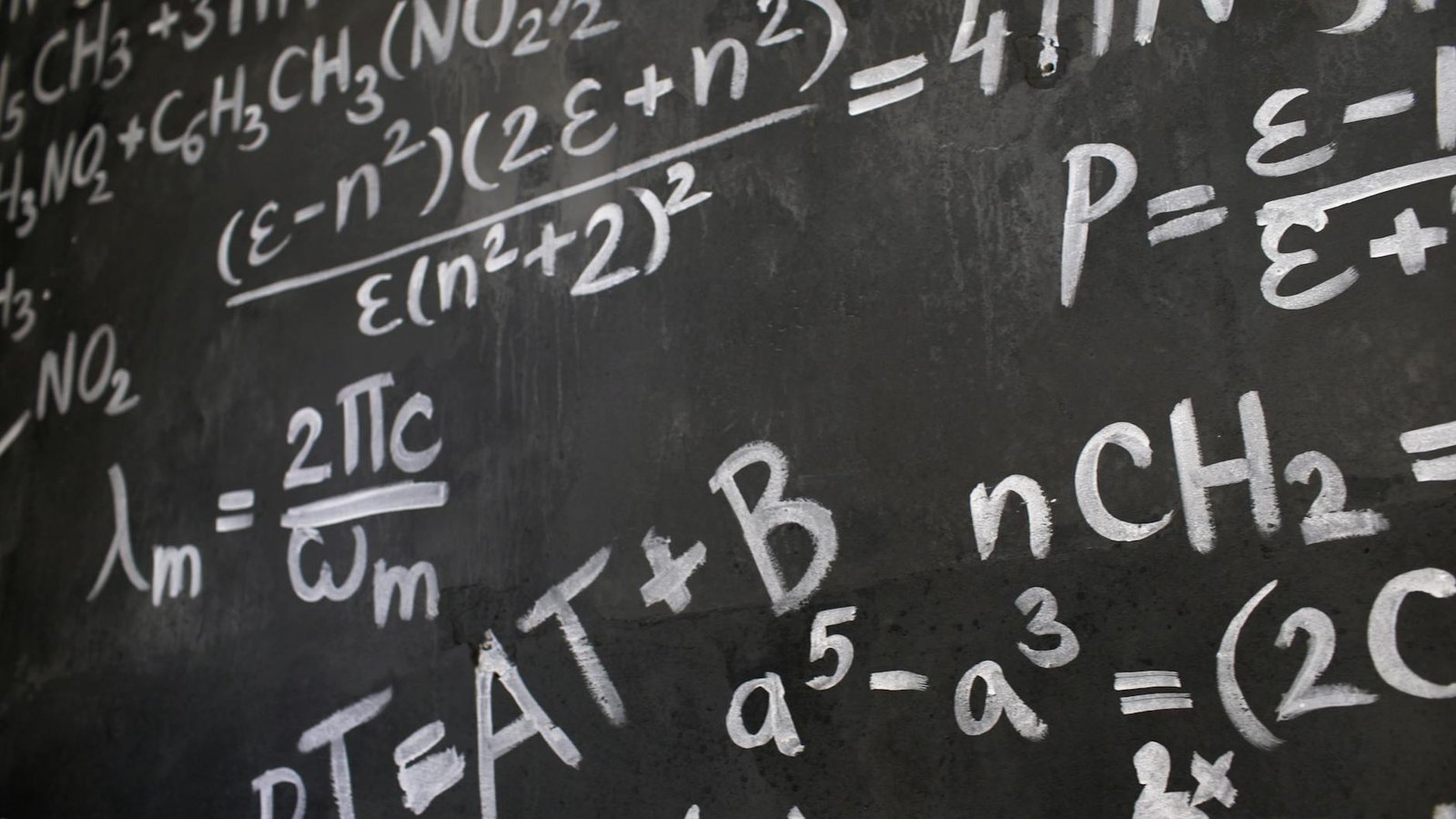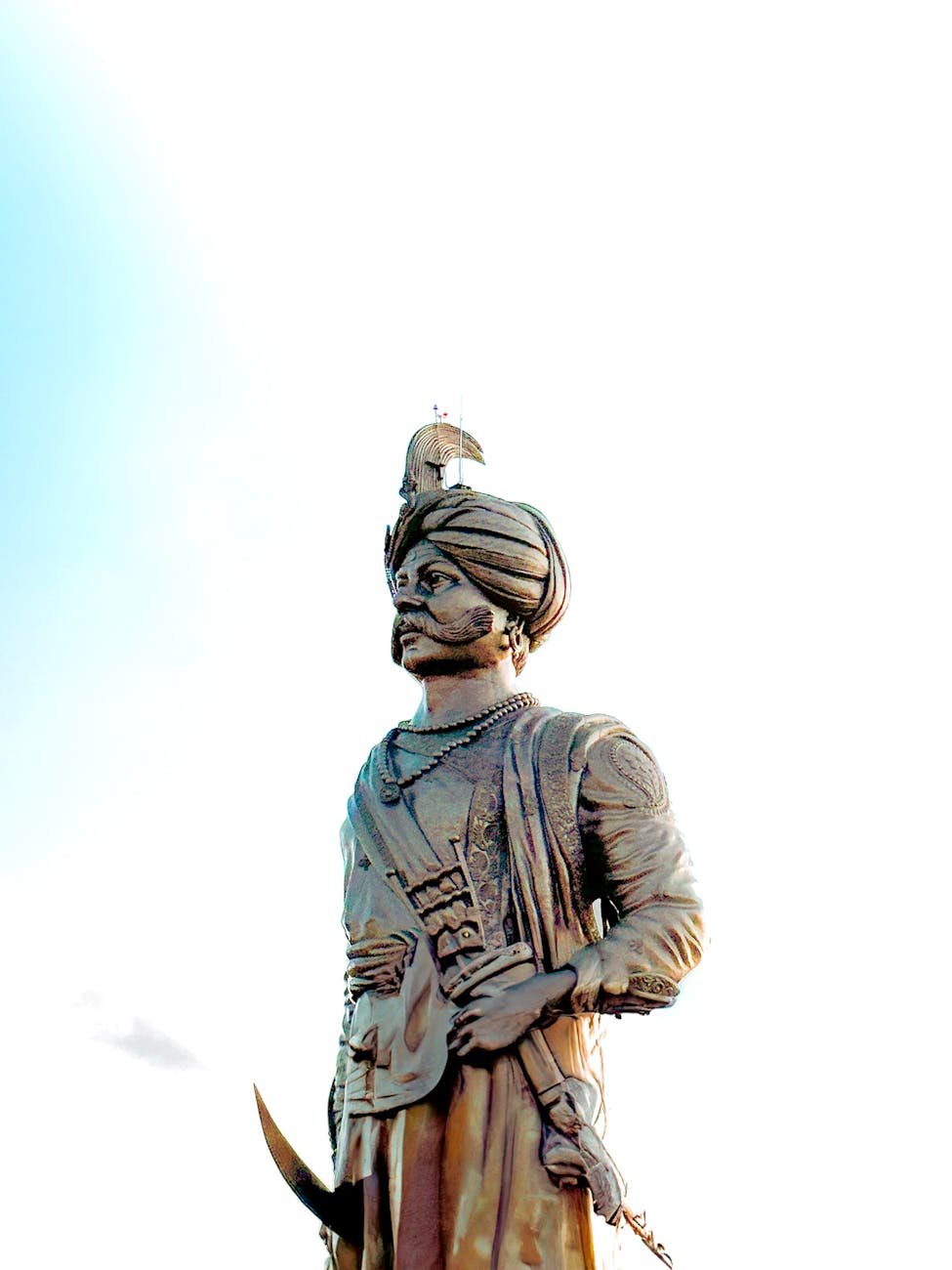
Introduction: The Shape Without Edges
Take a look at a wheel, the sun, a coin, or even a full moon. What do they all have in common?
They’re circles — the most balanced, continuous, and elegant shape in all of geometry. A circle has no beginning, no end, and every point on it is perfectly balanced around its center.
To understand circles is to understand perfection in motion, symmetry in nature, and the foundation of many human creations — from wheels to architecture, from clocks to planets.
Let’s decode the magic of the circle.
What is a Circle?
A circle is a collection of all points in a plane that are at a fixed distance from a fixed point.
- That fixed point is called the center.
- The fixed distance is called the radius.
Basic Terms of a Circle
| Term | Definition |
|---|---|
| Radius (r) | Distance from the center to any point on the circle |
| Diameter (d) | A straight line passing through the center, touching two points on the circle. d = 2r |
| Circumference | The distance around the circle. |
| Chord | A line segment joining two points on the circle (may not pass through center) |
| Arc | A part of the circumference |
| Sector | A region bounded by two radii and the arc between them (like a pizza slice) |
| Segment | A region bounded by a chord and the arc it spans |
| Tangent | A straight line that touches the circle at only one point |
What is Pi (π)? The Soul of the Circle
No circle discussion is complete without π (pi).
π is a mathematical constant that shows up in every circle:
π = Circumference ÷ Diameter ≈ 3.14159
It is irrational (it goes on forever without repeating) and has fascinated mathematicians, poets, and scientists for centuries.
Common formulas using π:
- Circumference =
2πr - Area of Circle =
πr²
🧠 Example:
If a circle has a radius of 7 cm:
- Circumference =
2 × π × 7 = 44 cm (approx) - Area =
π × 7² = 154 cm² (approx)
Properties of a Circle
- All radii of a circle are equal.
- The diameter is the longest chord.
- A tangent is perpendicular to the radius at the point of contact.
- Angles in a semicircle are always right angles (90°).
- Equal chords subtend equal angles at the center.
Real-Life Applications of Circles
| Field | Use of Circles |
|---|---|
| Engineering | Gears, wheels, machine parts |
| Astronomy | Planetary orbits (elliptical but near-circular) |
| Art & Design | Mandalas, logos, circular symmetry |
| Architecture | Domes, arches, round windows |
| Daily Life | Plates, coins, watches, steering wheels |
A simple circle in design can symbolize wholeness, eternity, unity, and infinity.
Geometry in Action: Sectors and Segments
1. Area of a Sector (like a pizza slice)
Formula:(θ / 360) × πr²
Where θ is the angle of the sector in degrees.
Example: If r = 10 cm, θ = 90°
Area =(90/360) × π × 100 = 25π = ~78.5 cm²
2. Length of an Arc
Formula:(θ / 360) × 2πr
3. Area of Segment
Area of sector – Area of triangle (requires extra steps depending on triangle type)
The Circle and Angles
Central Angle
An angle whose vertex is the center of the circle.
Inscribed Angle
An angle made by two chords with vertex on the circle.
- The inscribed angle is half of the central angle that subtends the same arc.
Cyclic Quadrilateral
A quadrilateral with all four vertices on a circle.
Property: Opposite angles are supplementary (add to 180°).
Important Constructions
Using compass and ruler:
- Draw a circle with a given radius.
- Construct a tangent to the circle from a point outside.
- Divide the circle into equal sectors (e.g., 6 equal parts for a hexagon).
- Draw the perpendicular from the center to a chord.
Fun Circle Facts
- The wheel is the greatest invention in human history — based entirely on the circle!
- The Greek mathematician Archimedes was the first to rigorously approximate π.
- In nature, bubbles, ripples, tree rings, and planetary orbits follow circular geometry.
- In design, circles are used to create balance and draw focus.
Practice Questions
- Define: radius, chord, tangent, and sector with examples.
- A circle has a radius of 14 cm. Find:
a) Circumference
b) Area - A sector of angle 60° is drawn in a circle of radius 10 cm. Find the area of the sector.
- Why is π considered an irrational number?
- Draw a circle and mark:
- A radius
- A diameter
- A chord
- A tangent
- A sector
Conclusion: The Circle’s Endless Wisdom
The circle is more than just a shape — it represents flow, movement, balance, and continuity. It reminds us that learning never ends, that everything is connected, and that perfection can sometimes be found in the simplest of forms.
Whenever you roll a tire, draw a compass circle, or watch the sun rise — remember, you’re witnessing geometry’s most graceful gift.









